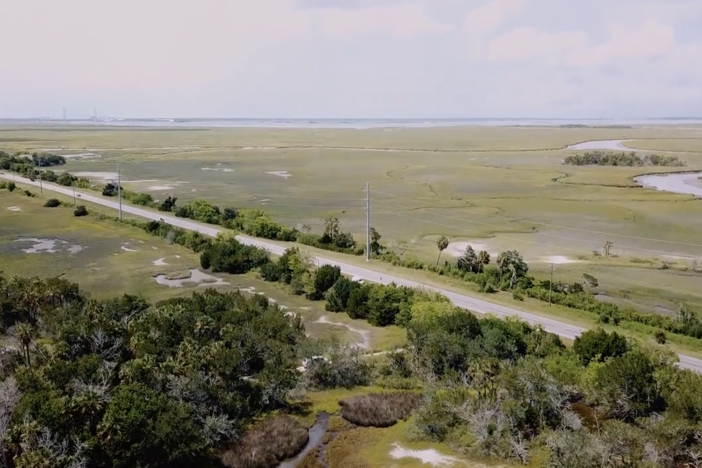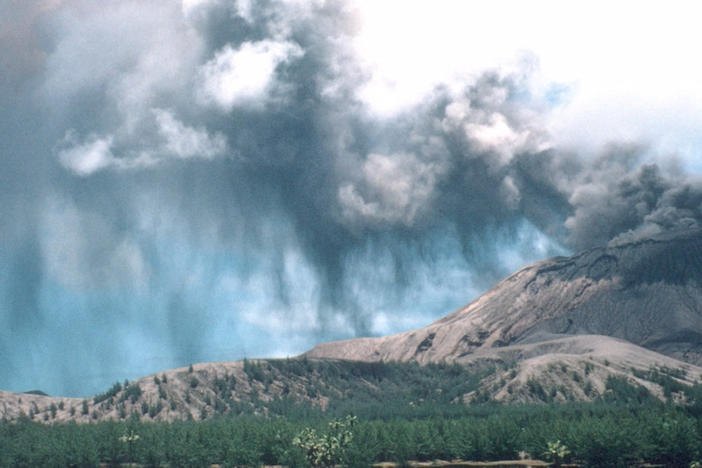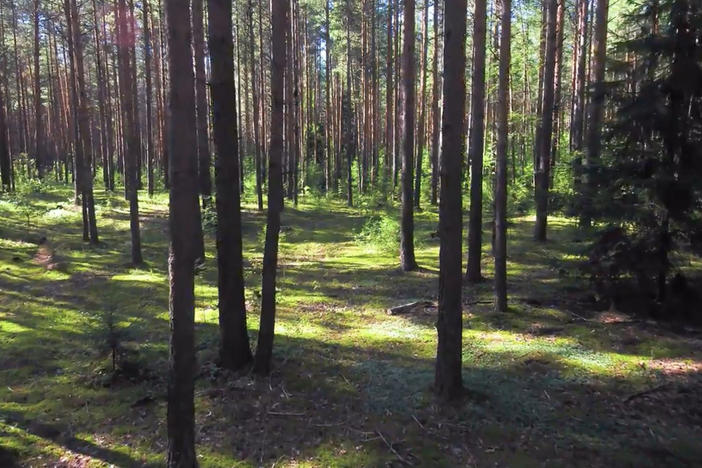Segment B: Short-term and Long-term Changes in Climate
Did you know that there are cyclical climate patterns that scientists have followed for over 100,000 years? In this episode of Let's Go Enviro, we hear from the director of the Georgia Sea Turtle Center, Michelle Kaylor, as she explains the three types of Milankovitch cycles as well as the wildlife impacts she has seen in her time working on Jekyll Island.
Segment B: Short-term and Long-term Changes in Climate
Did you know that there are cyclical climate patterns that scientists have followed for over 100,000 years? In this episode of Let's Go Enviro, we hear from the director of the Georgia Sea Turtle Center, Michelle Kaylor, as she explains the three types of Milankovitch cycles as well as the wildlife impacts she has seen in her time working on Jekyll Island.
Science
Analyze and interpret data related to short-term and long-term natural cyclic fluctuations associated with climate change.
Analyze and interpret data to determine how changes in atmospheric chemistry (carbon dioxide and methane) impact the greenhouse effect.
Compare and contrast weather to climate.
Explain how climate affects the earth’s ecosystems both long and short-term.
Discuss the effects of Milankovitch Cycles.
Describe the effect of climate and planetary forces on coastal Georgia.
biomass: the total mass of organisms in a given area or volume
brackish: (of water) slightly salty, as is the mixture of river water and seawater in estuaries
carbon: a naturally abundant, nonmetallic element that occurs in all organic compounds and can be found in all known forms of life
climate change: long-term shifts in temperatures and weather patterns
climax ecological succession: the final stage of biotic succession attainable by a plant community in an area under the environmental conditions present at a particular time
complexity: the connections between plant and animal species
ecological succession: the process by which the structure of a biological community evolves over time
ecosystem resilience: the ability of an ecosystem to maintain its normal patterns of nutrient cycling and biomass production after being subjected to damage caused by an ecological disturbance
El Niño: a warming of the ocean surface, or above-average sea surface temperatures, in the central and eastern tropical Pacific Ocean
endangered species: a species of animal or plant that is seriously at risk of extinction
endemic species: those that live in a limited area, such as a mountain range, lake or island, among others
fossil fuels: fuels that are made from decomposing plants and animals; these fuels are found in the Earth's crust and contain carbon and hydrogen, which can be burned for energy
greenhouse effect: a process that occurs when gases in Earth's atmosphere trap the sun's heat
greenhouse gas: gases in the earth's atmosphere that trap heat; greenhouse gases include carbon dioxide and methane
global warming: the long-term heating of Earth's surface observed since the pre-industrial period (between 1850 and 1900) due to human activities, primarily fossil fuel burning, which increases heat-trapping greenhouse gas levels in Earth's atmosphere
indicator species: an organism whose presence, absence or abundance reflects a specific environmental condition
interglacial period: a geological interval of warmer global average temperature lasting thousands of years that separates consecutive glacial periods within an ice age
invasive species: an introduced organism that becomes overpopulated and harms its new environment
keystone species: a species on which other species in an ecosystem largely depend, such that if it were removed the ecosystem would change drastically
La Niña: the periodic cooling of ocean surface temperatures in the central and east-central equatorial Pacific
Living shoreline: a protected and stabilized shoreline that is made of natural materials such as plants, sand, or rock
Milankovitch cycles: the collective effects of changes in the earth's movements on its climate over thousands of years; a hypothesis that states variations in eccentricity, axial tilt, and precession combined to result in cyclical variations in the intra-annual and latitudinal distribution of solar radiation at the earth's surface, and that this orbital forcing strongly influenced the earth's climatic patterns
native species: a species that originated and developed in its surrounding habitat and has adapted to living in that particular environment
natural disaster: a natural event such as a flood, earthquake, or hurricane that causes great damage or loss of life
primary ecological succession: when a new patch of land is created or exposed for the first time
resilience: the capacity of an ecosystem to respond to a perturbation or disturbance by resisting damage and recovering quickly
range expansion: how invasive species spread and how species track habitats shifting from climate change
secondary ecological succession: occurs in an area that had previously been inhabited but experienced a disturbance, such as a wildfire
volcanism: any of various processes and phenomena associated with the surficial discharge of molten rock, pyroclastic fragments, or hot water and steam, including volcanoes, geysers, and fumaroles





